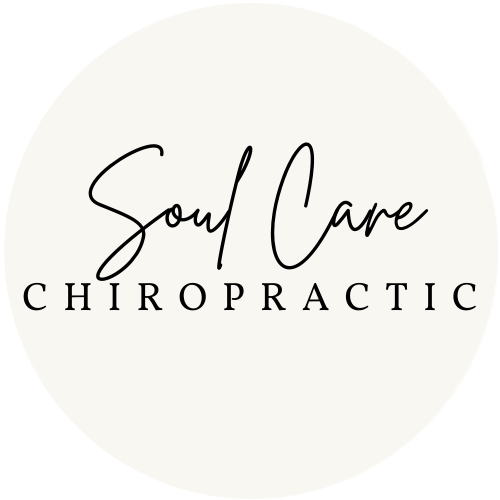Facts that will surprise you about posture
What is posture?
Posture is both static and dynamic. We can apply a postural analysis to any position we choose – including a moving posture - and discover a huge range of things about the underlying structure and function of our bodies.
As posture is fluid there is no “best” or “perfect” posture, but we can definitely see evidence of poor or dysfunctional posture
“the best posture is your next posture!”
Functional posture is all about balance in body: left to right, front to back, spinal curves, joint alignment, muscle activation or relaxation – everything exists in a state of balance.
Your posture is a full body activity: the position and activation of your feet affect everything up to your head and vice versa.
Body awareness and proprioception are key factors in your postural control system.
What are some consequences of a poor posture?
Poor motor control and poor proprioception are often linked with pain – if you can’t control your muscles they don’t function as well leading to weakness, fatigue, tension and eventually pain. A range of pains include neck, shoulder, low back, jaw just to name a few have all been associated with a poor posture.
But poor posture can also lead to
Limited lung function
Poor circulation
Nerve/Spinal cord stress and constriction (reduced nerve function)
Poor digestion
Poor mental health, reduced adaptability and resilience
Poor sleep
Fatigue and reduced metabolism
One major cause of poor posture – the Stress-Posture Feedback Loop.
Your posture and mental stress are directly linked and will trigger each other in a feedback loop if activated. But they can also deactivate each other when controlled consciously. What does that mean?
As part of the fight and flight defensive mechanism mental stress will cause you to adapt a head-forward, rounded shoulders posture.
BUT if you consciously put yourself into a hunched posture, then it will begin to change your brain and body chemistry to reflect and stressful situation (even if there is no actual stress)
Just the physical stress of having your head forward (which greatly increased the physical load on the neck muscles and spinal cord) is enough to trigger your amygdala.
So while a thought may trigger the shoulders to round, the physical stress of that posture also triggers the amygdala and reinforces to the brain that the thought (perceived danger) is real which may “lock in” the response.
The opposite is also true: holding yourself in a power pose for just 2min is enough to decrease cortisol by 25% and increase testosterone by 20%.
People sitting in an upright posture will report “higher self-esteem, more arousal, better mood and lower fear, compared to slumped participants”
Building up strength in your postural muscles will help them become more resistant leading better postural control and awareness.
So if you can’t reduce your mental stress – reduce the physical stress to help your mental state
Changing your posture
Posture is a habit. Changing that habit requires awareness to create a new pattern of muscle activation. Awareness helps neuroplastic changes to happen at a much faster rate.
Posture awareness is a key prerequisite in adapting and maintaining a healthy posture and movement patterns in your day to day activities.
Exercises have been shown to improve posture – changes happen over a period of time with 8-12 weeks being an average time for studies to measure changes.
Full body exercises or stretches, that target the muscles in series instead of individually are the most effective.
Chiropractic care is an effective technique in changing your posture. The aim of treatment is to improve spinal function, nervous system control and over all biomechanics.
When chiropractic care is combined with strengthening exercises postural changes can be profound and long lasting leading to overall improvements in multiple areas of your health.
